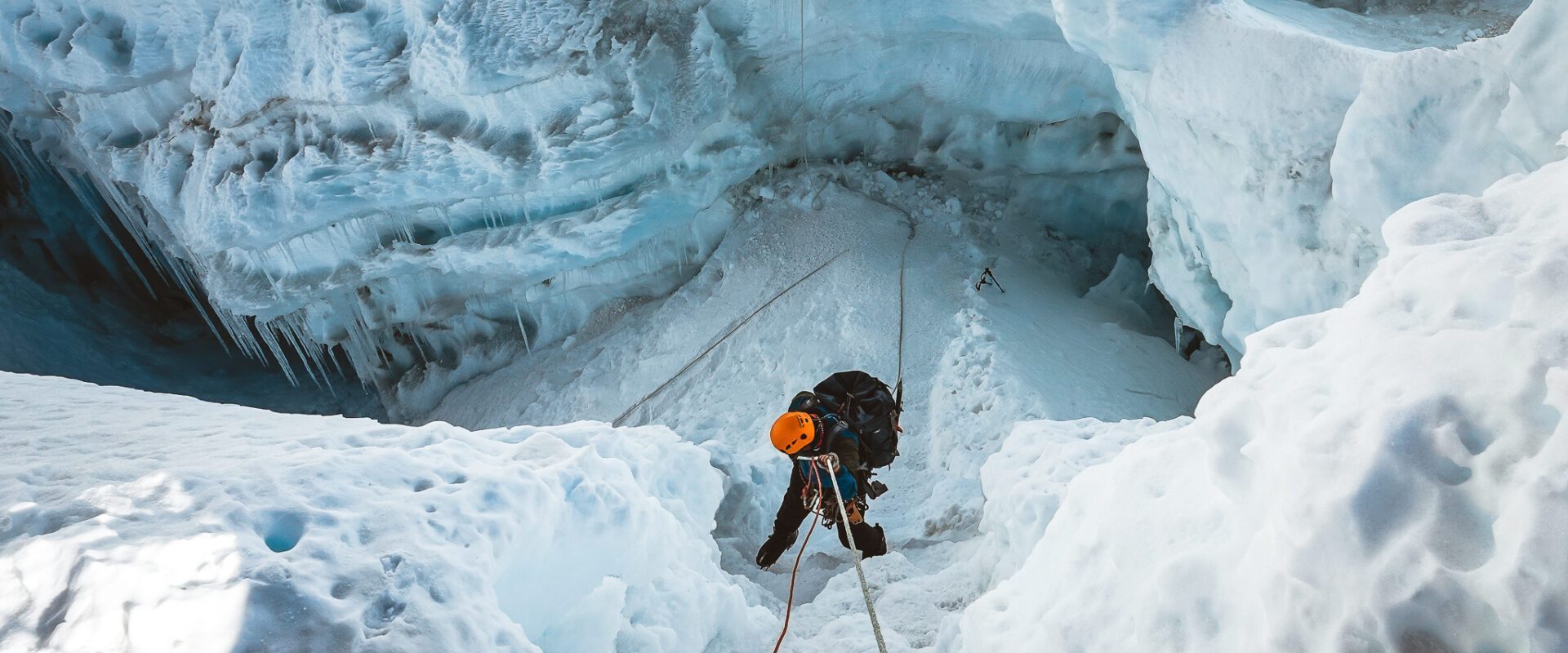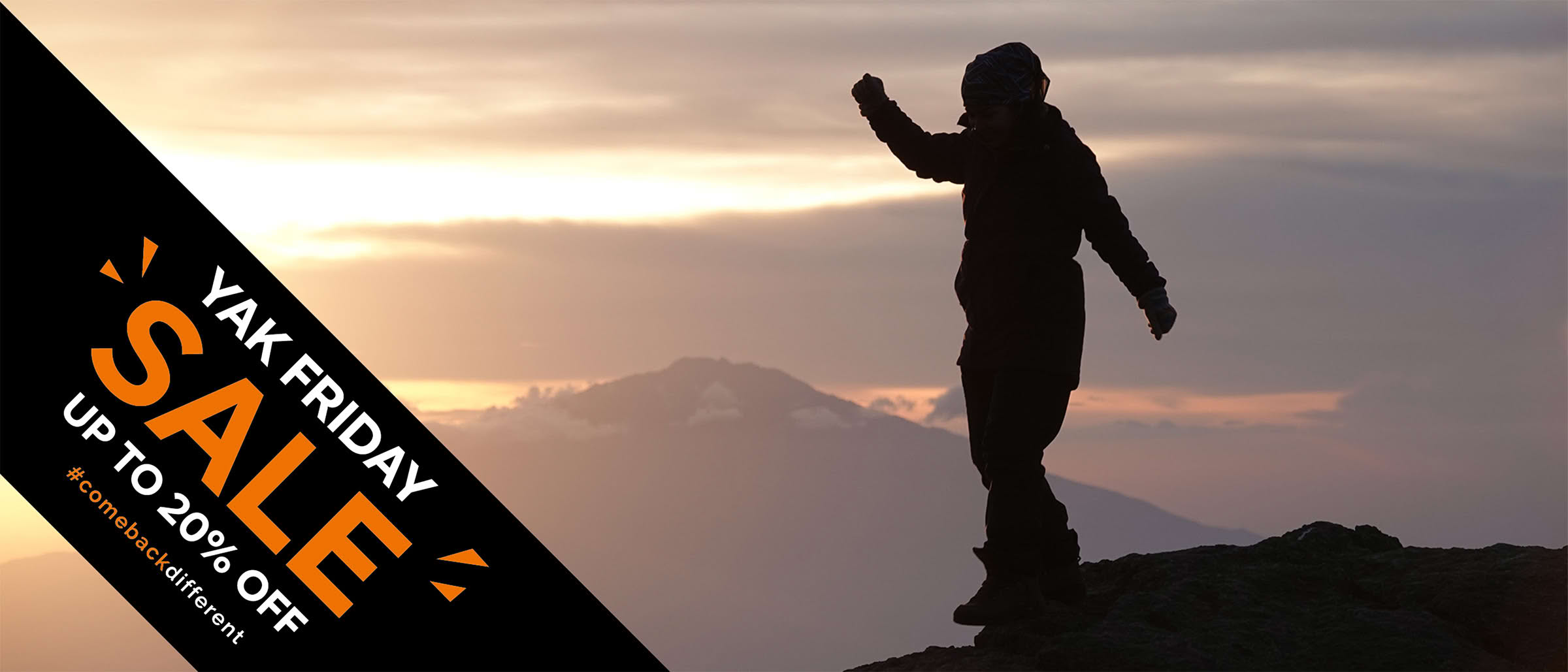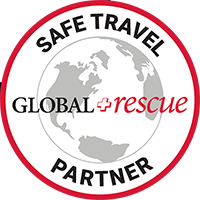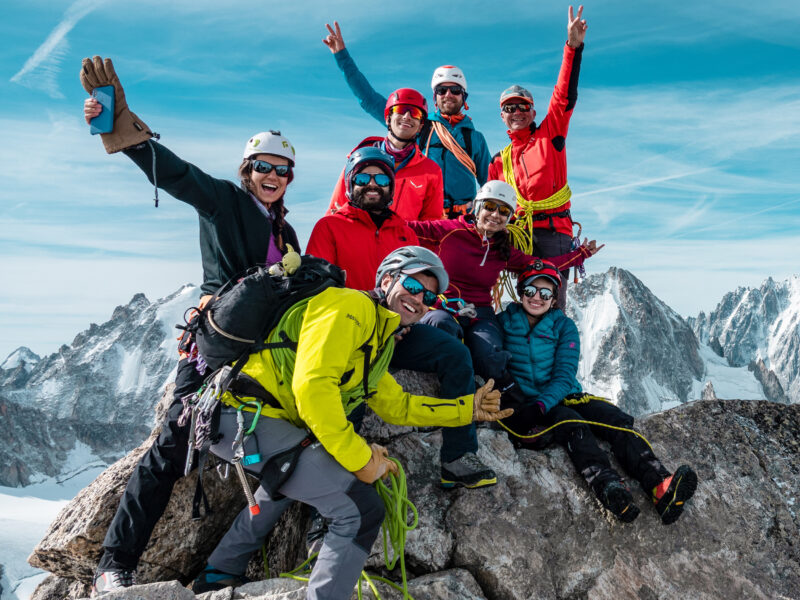BY Hazem El Shamy | June 26 2025
What Are the Challenges of climbing Island Peak?

Island Peak doesn’t look intimidating from afar. Nestled in Nepal’s Everest region and flanked by giants like Lhotse and Ama Dablam, it appears almost modest in comparison. But don’t be fooled, this 6,189-meter summit (also known as Imja Tse) is no casual walk in the Himalayas.
It’s the perfect entry point for those wanting a first taste of Himalayan mountaineering. But it comes with a very real set of challenges that separate it from your average trekking peak. If you’re dreaming of standing on its summit, here’s what you should be prepared for:
1. It’s Not Just a Trek, It’s a Climb
This is the most common misconception. People hear the word “trekking peak” and assume hiking boots will do. They won’t. Island Peak requires the use of technical gear: crampons, harness, ice axe, and ropes. You’ll be crossing crevasses on ladders, ascending fixed lines, and climbing the headwall; a steep, exposed ice slope just before the summit. If you’ve never clipped into an ascender or used a jumar on a rope, get familiar before you go.
2. The Altitude Hits Hard
At 6,189 meters, oxygen levels are less than half of what they are at sea level. Even if you’ve been to Everest Base Camp before, the thin air at Island Peak’s high camp and summit will test your body and your will. Altitude-related headaches, nausea, and exhaustion can all hit, especially during the long summit push. Acclimatization isn’t just important, it’s essential.
3. The Summit Day Is Brutal
Expect to wake up around 1 a.m., rope up in the dark, and start moving under the stars. The climb can take anywhere between 10 to 14 hours round-trip. You’ll scramble over rocky terrain, traverse icy glaciers, and face the final steep headwall, all while battling fatigue, cold, and altitude. It’s long. It’s cold. And there’s nowhere to hide.
4. Weather Can Change in Minutes
This is the Himalayas, blue skies can turn into whiteouts in an hour. High winds, snow, and freezing temperatures are all part of the deal, especially in pre-dawn conditions. Weather delays are common, and summit chances can disappear with a single storm rolling in. Flexibility and patience are key.
5. Glacier Travel Is No Joke
The approach to the headwall involves navigating crevasses and seracs on the Imja Glacier. Climbers often have to cross aluminum ladders tied together with rope, your balance and nerve will be tested. This isn’t a place to zone out. Every step counts.
6. Logistics Are Demanding
Getting to Island Peak means trekking for over a week through the Khumbu Valley. That’s days of walking, sleeping at altitude, and keeping your body strong for what’s to come. You’re not just climbing a mountain, you’re committing to a long, physically taxing journey just to get to base camp. It’s a mental game as much as a physical one.
So, Is It Worth It?
Absolutely. Island Peak is a rite of passage for aspiring mountaineers. It’s where many discover what they’re made of, how they respond to pressure, exhaustion, and fear. And the summit view? Lhotse soaring in front of you, Ama Dablam off to the side, and Makalu in the distance, it’s unreal.
But make no mistake: this is a real mountain with real challenges. Respect it, train for it, and you’ll come away with more than just summit photos. You’ll come back different.
Climb on!
About The Author
Hazem is an avid high altitude mountaineer and adventurer that has helped lead hundreds of climbers to summits across the Himalayas, Andes, Atlas, and Caucus mountain ranges. He believes that inspiration is best served on a sharp ridge 6000 meters up in the sky, and is committed to making big mountain goals more achievable to the everyday climber.
About Life Happens Outdoors
At Life Happens Outdoors, we believe in the power of nature to transform lives. As proud members of the Adventure Travel Trade Association (ATTA) and the World Travel & Tourism Council (WTTC), our team of certified guides and outdoor professionals is committed to the highest standards of safety, sustainability, and excellence.
Discover more about our story and mission on our Meet LHO page, or explore our curated adventures such as the Tour du Mont Blanc Trek, the Climb of Kilimanjaro, and Chasing the Northern Lights.















